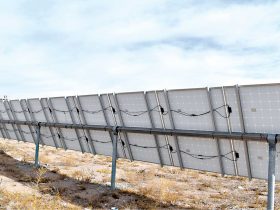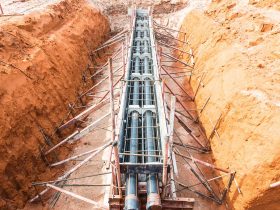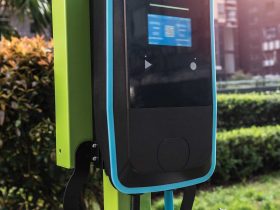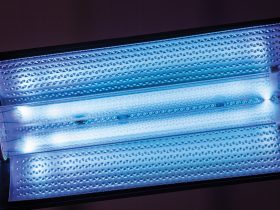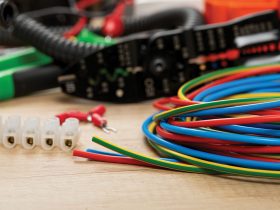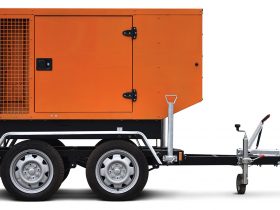UL Certifies (Lists) recessed LED luminaires under the product category Light-emitting-diode Recessed Luminaires (IFAO).
The module and string voltages and the inverter DC inputs are critical issues since we will be experiencing widely varying weather conditions throughout the country in the years and decades ahead.
What does alternative energy mean for the inspectors, installers, and designers that find themselves entrenched in the NEC world on a daily basis?
Are Tables 1 and 3 of the CE Code allowed to be used for the determination of ampacities of single conductor cables in underground installations?
EV charging stations, “Charge Points” (after the ChargePoint brand), “Level 1/2/3” Chargers, Superchargers, DC Fast Chargers, CCS Combo Systems, and SAE J1772 Connectors, all refer to Electric Vehicle Supply Equipment or EVSE.
IEEE SA offers the IEEE Distributed Energy Resources (DER) Standards Collection, featuring core IEEE standards that will be pivotal to the energy sector’s transformation using DERs.
In July of 2021, IAEI was excited to partner with Thomas Domitrovich to launch an online series of training videos called #IAEINewsLive
Does UL Certify (List) UVC germicidal products, and is there some guidance on what UL will Certify (List)?
As drilling holes in studs are at the first-laid foundation of your career, Article 300 lies at the very bedrock of the NEC.
I recently compiled ten new questions raised by the readers regarding the use of emergency generators


